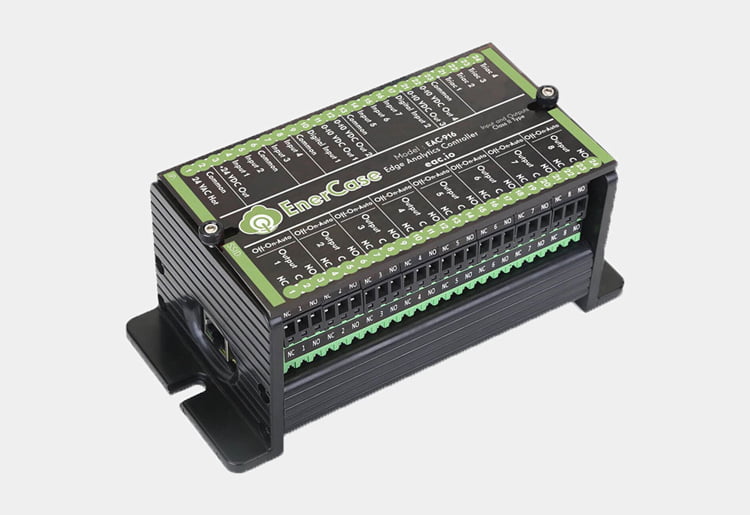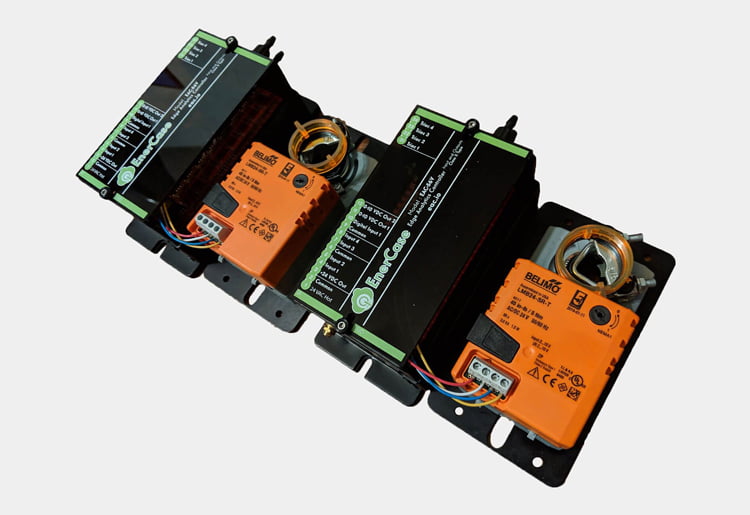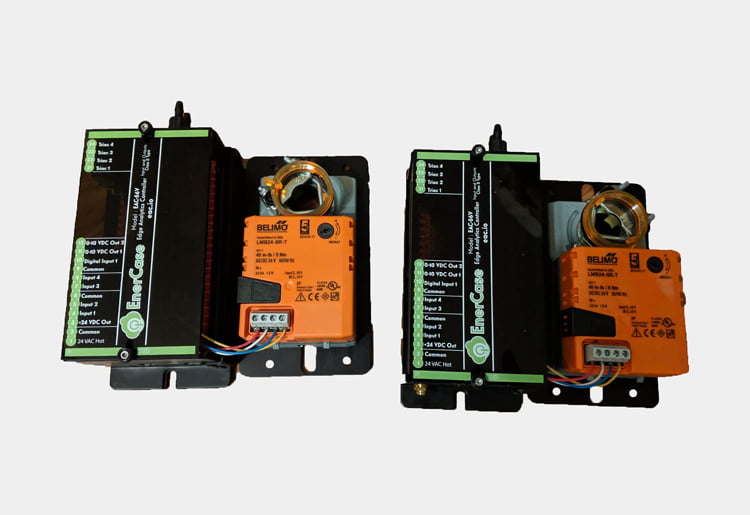PRODUCT DESCRIPTION
When people say that we are living in the post-PC era they mean that the personal computer is being eclipsed as the center of the IT universe by the smartphone. Operations technology is experiencing a similar reordering. In this new era of the Internet of Things (IoT), compute resources equivalent to a PC or smartphone are being integrated into all sorts of equipment and devices. For commercial buildings, a new category of IoT device is emerging—the Energy Analytics Controller (EAC). Smart building applications development should revolve around the enormous possibilities of these edge devices.
Hardware Intro
• AM335x 1 GHZ Arm Cortex-A8 Processor
• 8GB pSLC micro SD Card
• 1GB DDR3 RAM
Frameworks
• Ankalytik – Pattern based analytics IOT platform
• Project Sandstar – Combines – Haystack with Sedona Framework
• Visualytik – Block programming visualization layer
• Mobilytik – Consume analytics on the GO with the power of Haystack!
• Automatik – TBA
Analytics on the edge
Anyone designing an IoT architecture must decide which tasks are best performed locally by a device at the network’s edge versus remotely by a cloud-hosted application. Within the IT world, an edge device is defined as a gateway or global controller. Within the building automation world, a direct digital controller (DDC) can be considered an edge controller. Likewise, a global controller is an edge controller.
One of the most revolutionary aspects of having robust compute resources at the DDC level is that these edge devices can do analytics processing of large data sets. Application developers are challenged to make the most of this new capability. The Buildings-IoT represents an opportunity to radically rethink the software architectures that define the core.
* Work in progress workflows such as detecting and diagnosing faults in equipment, responding to occupant hot/cold calls, shifting energy loads to participate in demand response programs, and performing other building operations management tasks. Energy Analytics Controllers are capable of high-speed handling of the work involved in trending data, adding semantic tagging and generating analytics. Doing these tasks locally and sharing the results among other edge devices, opens the path to a host of new applications.
• Height: 70 mm (2.75 in)
• Width: 78 mm (3.0 in)
• Length: 160 mm (6.3 in)
• Mounting Holes: 148.5 mm (5.85 in)-Center to Center
• Weight: 1.2 lb
• Temperature: 40 to 140 F (4 to 60 C)
• Humidity: 10-90% Relative, noncondensing
• Storage Temperature: -10 to 150 F (-23 to 66°C)
• Storage Humidity: 0-95% Relative, noncondensing
| EAC-44 | EAC-510 | EAC-916 | EAC-56V | |
|---|---|---|---|---|
| Universal Input | 4 | 4 | 7 | 4 |
| Digital Input | 1 | 2 | 1 | |
| Triac Output | 4 | 4 | 4 | 4 |
| Analog Output | 2 | 4 | 2 | |
| Digital Output | 4 | 8 | ||
| Bundled Soft Points | 20 | 30 | 60 | 30 |
| Devices | EAC-44 | EAC-510 | EAC-916 | EAC-56V |
|---|---|---|---|---|
| SKU | EAC-44 | EAC-510 | EAC-916 | EAC-56V |
| Points | 10 | 100 | 1000 |
|---|---|---|---|
| Analytics | eac.ankalytik.10 | eac.ankalytik.100 | eac.ankalytik.1000 |
* Ordering in 10/100/1000 point increments. Check resources on device before ordering more than 500 points.








SOCIAL MEDIA